When your operations depend on compressed air, precision matters. Air regulator valves sit at the center of pressure control, ensuring every application runs smoothly, efficiently, and safely. Whether your system powers pneumatic tools, automated machinery, or sensitive equipment, the right air regulator makes all the difference.
This guide explains how to choose air regulator valves. It shows what factors to consider. It explains why they matter in industrial environments.
Air regulator valves, often referred to as air pressure regulators or flow regulators, regulate the inlet pressure. They deliver a steady and consistent outlet of pressure from a compressed air source. They protect systems from excess pressure, prevent damage, and improve performance.
Regulators reduce high compressed air pressure to a stable set of pressures. They ensure pneumatic tools and systems work properly and keep a steady downstream pressure. This is important because different tools or equipment have different needs.
Every application requires consistent pressure control to function correctly. Without it, equipment may wear out faster, consume more energy, or fail altogether. Choosing the right valve improves system performance in several ways:
In short, regulators protect your investment while keeping production lines moving.
Related: What Are Isolation Valves – Types, Uses & Industrial Benefits
When you shop for air regulator valves, you face a wide range of options. The right choice depends on your system’s design, operating conditions, and end use. Let’s break down the essentials.
Every system has a required set of pressures. A regulator must consistently deliver this value, even when the inlet pressure fluctuates. Look for models that cover your operating pressure ranges with precision.
For example, your application requires a 90 PSI outlet of pressure. Your compressor delivers 150 PSI. The regulator reduces and stabilizes that gap without losing control.
Air tools and machines demand different flow rates. A small pneumatic tool may work fine with low flow, but large machinery requires high flow capacity. Match the regulator to your maximum expected air flow to avoid performance bottlenecks. Failing to consider this factor could result in pressure drops and inefficiency downstream.
Different operations require different output pressures. Some applications run best at low downstream pressure, while others need higher values. An adjustable regulator gives flexibility when multiple tasks share the same air source. The right regulator ensures that every application requires the correct balance between outlet pressure and flow capacity.
Regulators must handle the inlet pressure supplied by your compressed air system. If the supply pressure exceeds the valve design, you risk leaks or mechanical failure. Always match regulator specifications with your compressed air pressure levels.
Industrial environments vary in climate and conditions. Some regulators face heat near machinery, while others endure cold storage spaces. Always verify that the regulator temperature ranges match your application environment to prevent malfunction.
Not all regulators serve the same role. Standard models function as pressure-reducing valves, reducing the air supply to safe levels. Precision regulators, however, deliver precise pressure control for sensitive applications where stability is paramount.
Understanding the different types helps you select the best option for your needs.
Ideal for everyday pressure-reducing tasks. They strike a balance between affordability and reliable performance for most shop or plant uses.
Designed for applications that demand extremely stable output pressure despite varying conditions. They support industries like electronics and medical devices.
Combine air filtration with regulation to protect downstream systems from dust, oil, and water, while maintaining control over pressure.
Built for applications requiring high flow capacity and steady air flow, such as paint booths or large pneumatic machinery.
Every application requires careful matching of regulator features to operating demands. Fluid flow, cross-sectional area, and fluid dynamics play a major role. They ensure stability and precision. A well-designed system maintains high pressure when needed while optimizing efficiency across all operations. Consider these common scenarios:
Require steady fluid flow rates and mid-level output pressure for pneumatic tools. The cross-sectional area of air passages affects how efficiently pressure transfers, keeping assembly operations smooth and reliable.
Requires fine pressure control to maintain a consistent downstream pressure, ensuring smooth finishes. Understanding fluid dynamics helps maintain even coating application, preventing pressure fluctuations that could affect paint quality.
Often demand low excess pressure with precise adjustments across a wide range of conditions. Here, fluid flow control and balanced high-pressure regulation ensure machinery runs efficiently and safely.
Rely on high-flow regulators to deliver volume without pressure drops. Managing high pressure and fluid dynamics helps maintain consistent torque and power output. By aligning regulator design with end-use, you ensure optimal performance and avoid costly downtime.
Selecting the right air regulator valve ensures precise pressure control and system stability. A well-chosen valve maintains consistent performance across varying system pressures. It helps balance the volumetric flow rate and mass flow rate during operation. To maximize the value of your regulator, follow these proven practices.
Before selecting a valve, carefully measure your system's requirements. Document your inlet pressure, the desired set pressure, and the required flow capacity over a specified period. Understanding volumetric flow rate and mass flow rate helps ensure valve efficiency. It allows the valve to handle normal and high-demand conditions effectively.
Always size regulators for the highest possible flow rates, not just average use. This ensures that peak demand is met without pressure drops or higher-pressure fluctuations that may affect performance. Monitoring your system pressures during operation maintains steady airflow. It ensures stability even when water flows or other fluids are present in connected systems.
Select valves built to withstand your operating temperature ranges and environmental conditions for long-lasting performance. The regulator body material should match your environment. Manage high system pressures or water flows in humid or corrosive conditions. This approach ensures reliability and extends the equipment's lifespan.
Select adjustable regulators when you require flexibility across various applications to maintain control and precision. Adjustable designs effectively manage changes in volumetric flow rate and accommodate mass flow rate changes resulting from higher pressure demands. This adaptability makes it easier to fine-tune your system and ensure consistent results in every operating condition.
Ensure compatibility with gauges, lubricators, or filters in your compressed air system to prevent issues. Avoid installation issues and ensure seamless operation. When you match accessories correctly, water flows and system pressures are more effectively regulated. This ensures stable flow rates and helps maintain equipment integrity across the entire compressed air network.
Investing in the correct regulator for your system pays off in multiple ways. A well-selected air regulator maintains stability even when pressure decreases or when your system experiences variable loads. It works with components such as pressure gauges and pressure relief valves. These parts help ensure smooth and reliable performance during your operation.
Choosing the right air regulator ensures you deliver only the required set pressure. It directly improves your system’s energy efficiency and lowers operating costs over time. By balancing spring force and internal mechanisms, it prevents energy loss and maintains steady airflow. A properly calibrated pressure gauge helps monitor performance and maintain consistent efficiency levels.
By installing reliable pressure regulators, you safeguard both your equipment and personnel. These valves regulate the inlet pressure to a safe, usable outlet pressure. They ensure your operations stay within safe limits. Integrated pressure relief valves add safety by releasing excess pressure before it causes damage or failure.
When your system avoids constant stress from pressure changes, its parts last longer, reducing the need for repairs and replacements. It also makes your tools last longer and gives you better value for your money. Regular monitoring using a pressure gauge and maintaining proper spring force settings helps sustain long-term regulator performance.
Flow regulators maintain precise outlet pressure, ensuring that each tool or process receives the same air supply every time. This reliability in flow capacity and pressure translates to predictable results, reduced scrap, and better overall quality control. Even when pressure decreases, a well-designed system supported by pressure relief valves ensures consistent operation. A well-chosen regulator doesn’t just support productivity; it safeguards your operations.
Choosing the right air regulator valve requires more than guesswork. You must consider inlet pressure, set pressure, flow capacity, temperature ranges, and the specific conditions required by your application. The wrong choice causes excess pressure, inefficiency, and costly downtime. The right choice ensures consistent performance, safety, and reliability.
We understand the importance of precision in industrial systems. Our marketplace delivers reliable pressure-reducing regulators, high-flow models, and precision air pressure regulators. We back every option with quality and performance.
Our platform lets you easily compare flow capacity, temperature ranges, and pressure values. It allows you to select the right regulator for your operation with confidence. With eINDUSTRIFY, you gain access to trusted suppliers, fast procurement, and the confidence that every product meets industrial standards. We simplify the process by offering a wide range of air pressure regulators designed for industrial success.
Explore our collection today and find the valve that keeps your operations efficient, safe, and productive. Reach out to us at info@eindustrify.com or call +1 (888) 774 7632. Register your account today and get access to the B2B industrial marketplace.
Tags: Air Regulator Valve Selecting A Regulator Air Regulator Air Pressure Regulators Flow Regulators Pressure Regulator
RECENT POSTS:
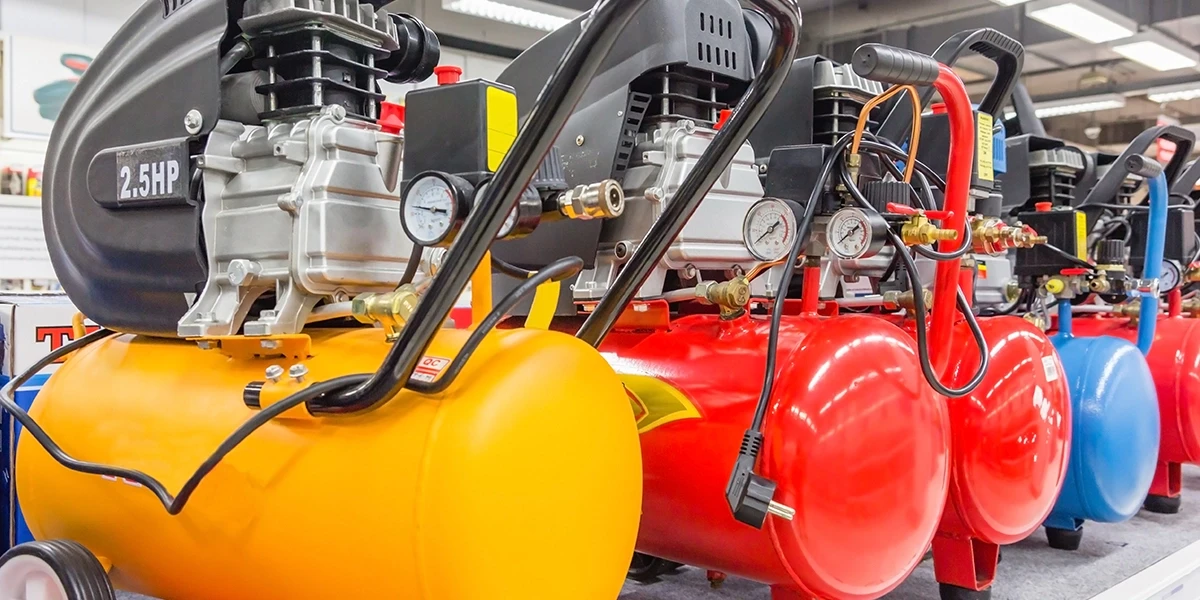
Air Compressors for Sale: Compare Models, Brands, Features
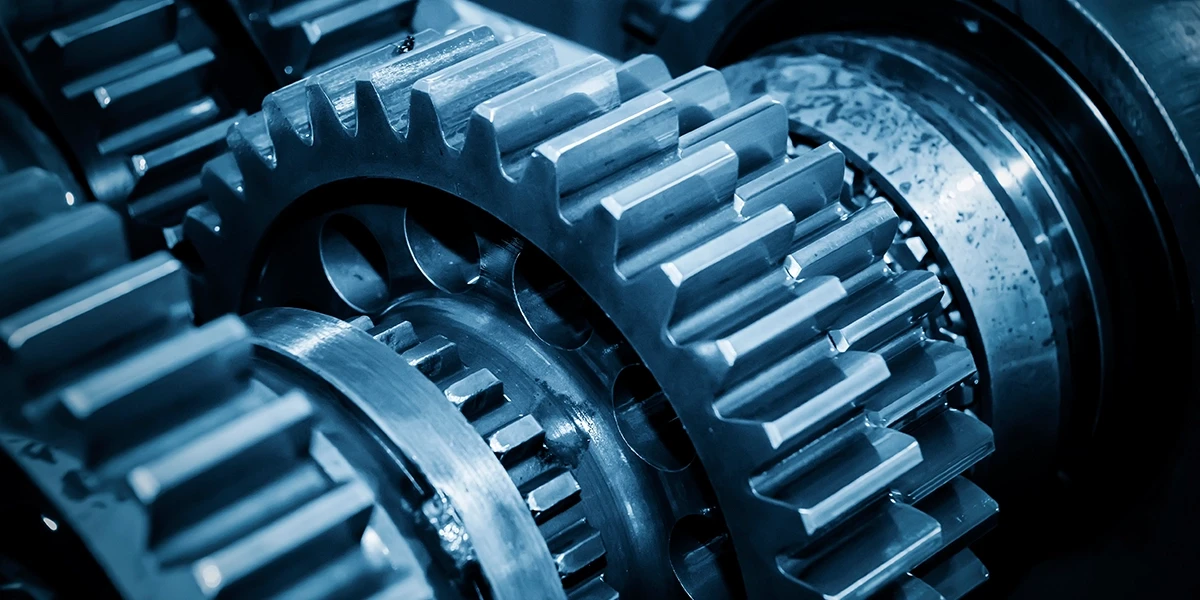
Essential Power Transmission Accessories for Industries
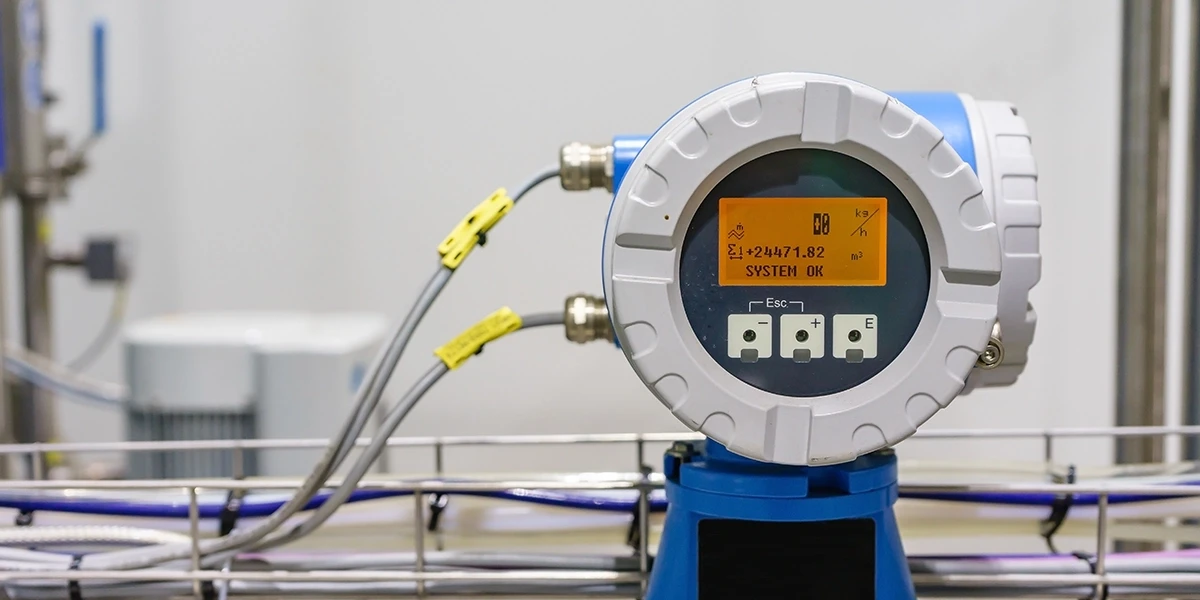
Best Industrial Sensors for Automation
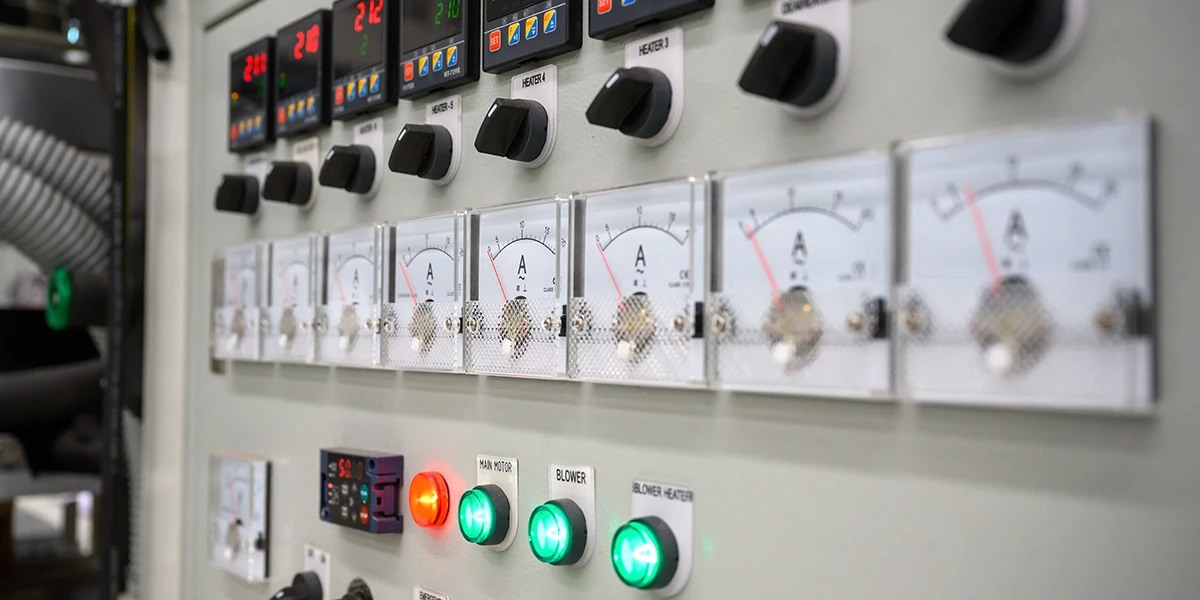
Uses of Industrial Control Equipment
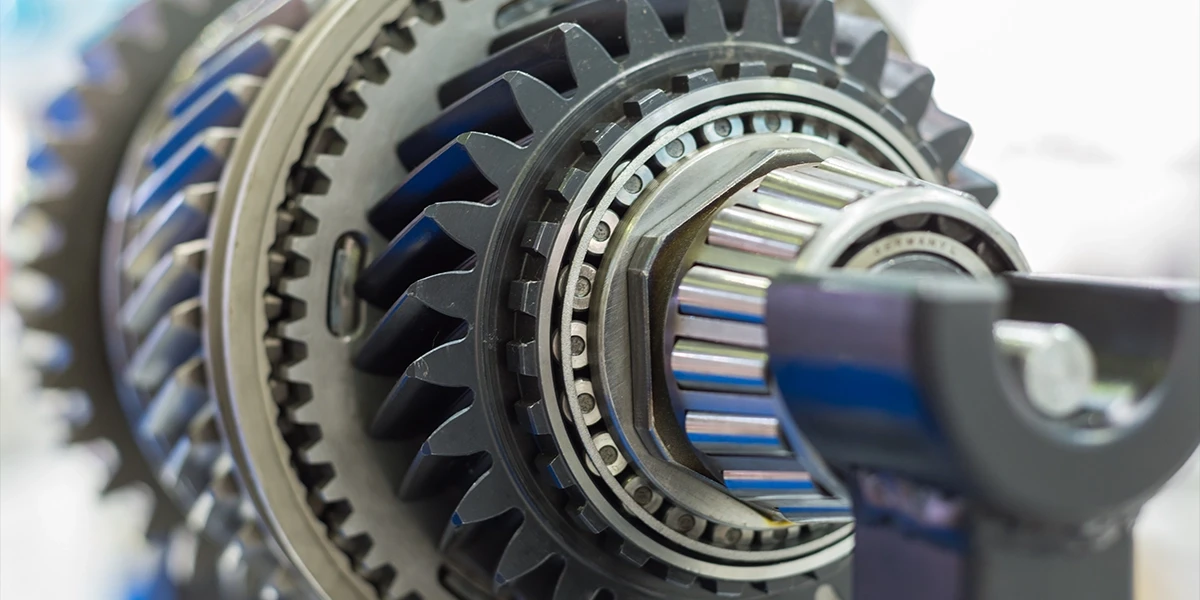
Top Bearings and Power Transmission Solutions
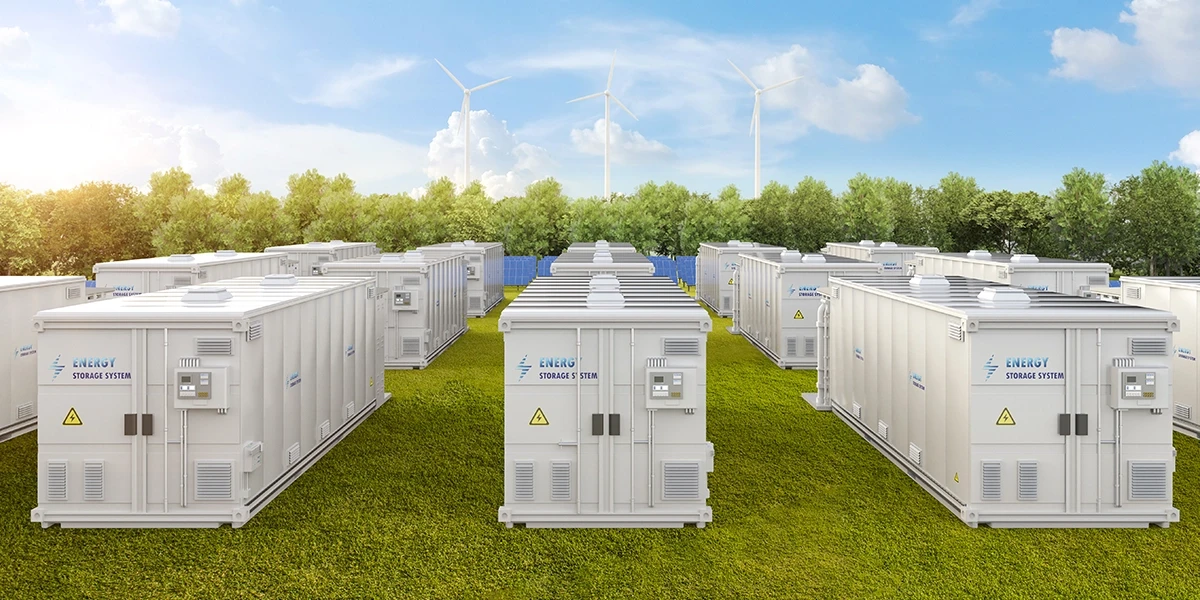
Buy Battery Energy Storage Systems Now
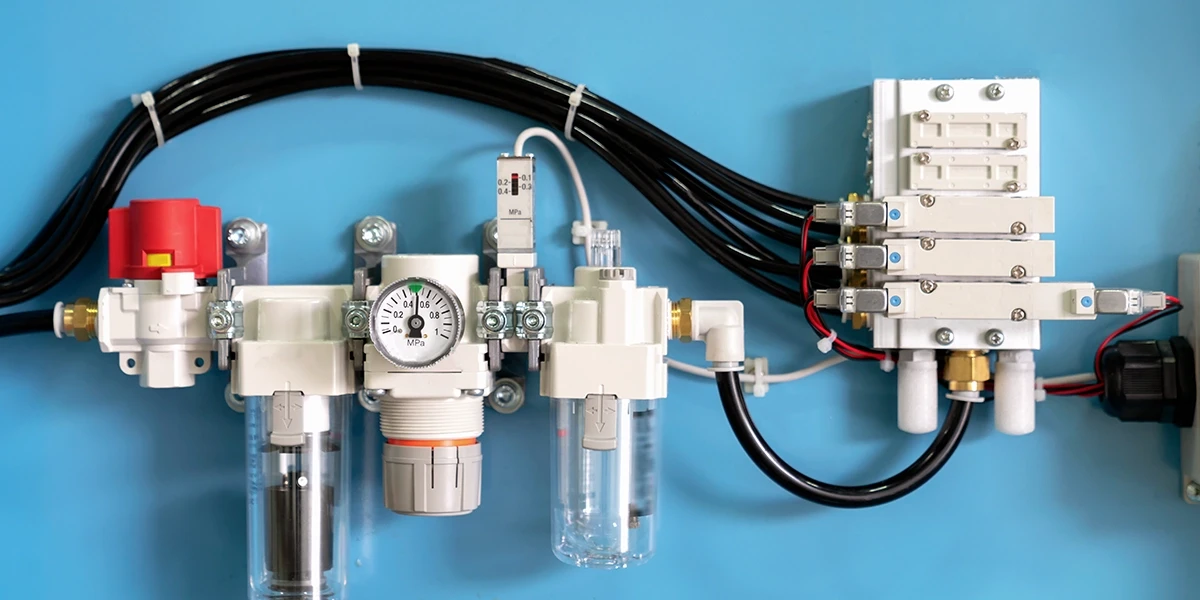
Benefits of Pneumatic Systems Today
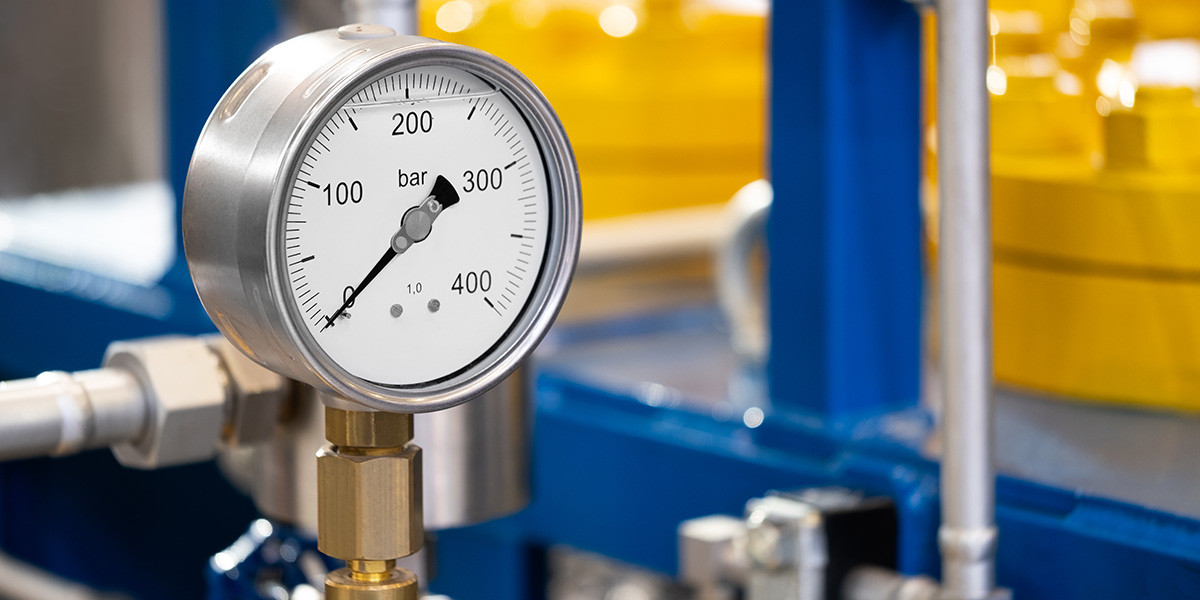
Durable Air Regulator Valve for Heavy-Duty Industrial Use